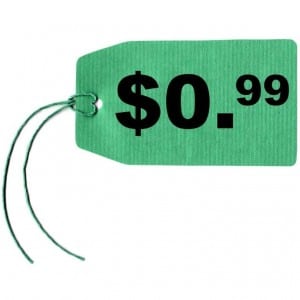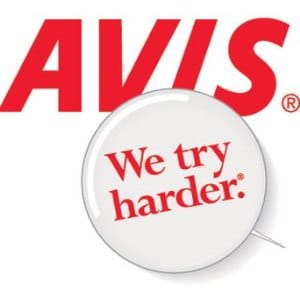 Crazy as it seems, consumers perceive a price that ends in .99 as a dollar less than one cent more. But it’s only one cent less. The same is true with $9.99 which is read as $9. Folks will see $99.99 as $90, rather than $100.
Crazy as it seems, consumers perceive a price that ends in .99 as a dollar less than one cent more. But it’s only one cent less. The same is true with $9.99 which is read as $9. Folks will see $99.99 as $90, rather than $100.
What does this mean to you as a brand builder? Depending on your industry, you may have to deliberately price your branded product’s wholesale, factory cost, or FOB to take into consideration everybody’s cut, all the way through the distribution channel so you end up at a price that is some price with a 99 in it. By working backward through the distribution chain and figuring the percentage each entity has to see on sale (what they buy your product for compared to what they sell it for), you can cleverly anticipate and often achieve the rule of 99 on the ultimate shelf price – and do so without leaving any money on the table. Retailers and wholesalers will pick up and pocket any overage, and may even bump the price up to the next 99!
This behavior can upset your plans as a brand builder when you try to position your brand with pricing. It’s not enough to suggest what you want the eventual price to be. You must also take into consideration what is going to happen to your price after your branded product leaves your warehouse. This is why it is essential to work out the pricing with everyone who handles your brand. Sometimes just a few cents on your end will bump your retail price above your competition. The retailer will make more on each sale but the velocity of the sales will suffer and reflect on your brand. As a result, the retailer may give you the “slow mover” stigma and discontinue your brand.
The calculation to achieve the “Rule of 99” becomes even more complex when your FOB is based on cases or cartons and each carton contains multiple units. Your branded products are being sold by you by the case. Your distributer, jobber, or wholesaler is also selling your products by the case, but your retailer is selling them by the unit.
Even if you master the “Rule of 99” for every-day pricing, you still face the “Two-fer,” the “Buy-One-Get-One-Free,” and other such promotional pricing gambits. In each case you must work backward from the shelf price to determine what your warehouse price has to be for the promotional period, eliciting as much cooperation as you can from each entity on the distribution chain. Even with everyone’s cooperation, there are no guarantees that you will see the price you are trying for.
Maybe you thought branding was all about logos, catch phrases, packaging and other trade dress. But it’s also about pricing! In fact a small pricing mistake or even a slight miscalculation will hurt your brand more than any graphic application. It’s not that graphics aren’t important. They are. It’s that pricing trumps graphics.
Many brand writers try to separate branding from products, but branding lives or dies based on the handling of the products those brands represent. Trying to consider branding and brand building independent of what happens to your products is a recipe for disaster in the marketplace. And it is in the marketplace that your brand will be built or die. So we believe it is impossible to separate brand success from product success. And product success is dependent on pricing. So be sure your pricing heeds the “Rule of 99!”
.

